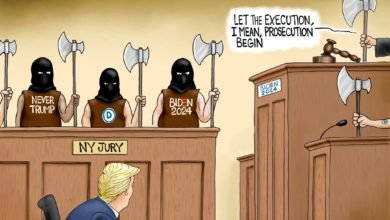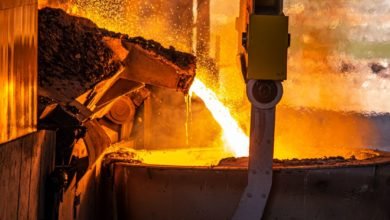November Job Numbers Puzzling, but Economic Growth is Strong
The recently released November jobs report, gave some very puzzling and inconsistent information. The Bureau of Labor Statistics said that while the number of unemployed persons fell by 542,000, the increase in employment was only 210,000, meaning the other 332,000 must have left the labor market.
That means the labor force should have decreased. Instead, the labor force increased by 594,000, so something doesn’t seem to add up. Additionally, the unemployment rate fell from 4.6% to 4.2%. That means .4% of the 160 million person labor force who were previously unemployed are now working. That’s 640,000 people.
Employment Figure Will Be Revised Up
So how could we have added only 220,000 people to the payrolls?
The answer is that the number will be revised upward next month, just like the number from September was revised upward by 67,000. These employment numbers come from essentially taking two separate samples which occasionally do yield inconsistent data, although almost never this inconsistent.
Virtually all other economic indicators show very strong economic growth. The U.S. continues to have more than 10 million job openings and less than 7 million unemployed people. So we have plenty of jobs, although we do have a problem with drawing some unemployed workers back into the labor force to take these jobs.
Retail sales in October were very strong, increasing by a whopping 1.7%. Even though .9% was due to inflation, the real .8% growth is very strong. On an annual basis that real growth number approaches 10%. Manufacturing and the service sector are seeing similar increases.
That means the economy is probably growing at about a 6% rate in the fourth quarter, although some economists think the growth rate is much higher. For the entire year, 2021 growth will be in the 5% to 5 ½% range. Since GDP declined by 3.5% last year, we are producing more now than before the pandemic. And we are doing it with about 3.6 million fewer workers.
Future growth will likely be slowed by a number of factors. There is the labor shortage problem that must be dealt with. Many lower wage workers are not returning to the labor market. They are staying away either because they fear COVID or because the government has given them so much free money that they can afford to stay home.
Highly and Lower-Skilled Workers
Either way, to lure these workers, companies have had to raise wages significantly. This has a rippling effect as higher wage workers see the gap between their pay and the lower skilled workers shrink. They demand a higher salary.
Price inflation is making the wage inflation problem worse. For the last decade, annual wage increases have been in the 2% range. Today workers see inflation is currently 6.2% and could hit 7% by year-end. Workers reason they need at least a 10% raise to stay ahead of inflation and see a real wage increase. Companies then raise prices to compensate for the 10% labor cost increase. That leads to a wage/price spiral that is difficult to end. Eventually, this slows economic growth.
The labor market continues to provide enough jobs for the economy to see a full employment level. The current 4.2% unemployment rate is a full employment level.
That means it is past the time to stop stimulating our over-heated economy. Both with fiscal policy and monetary policy, the federal government must act immediately or the inflation problem could get much, much worse.
In the last two years, the federal government has spent nearly $6 trillion more than they received in revenue. On a $22 trillion economy that leads to pure inflation. Reducing government spending is politically out of the question. Raising taxes on anyone is difficult and may be counter-productive. The only thing left to do is to at least stop spending more.
Remember if you are stuck in a deep hole, the first step out is to stop digging.
Money Supply Continues to Balloon
The behavior by the Federal Reserve (Fed), which is entrusted by the American people to set monetary policy that reaches the goals of price stability, full employment and growth, is simply shocking. Since rising prices affect 100% of the population, and less than full employment affects a small percentage, keeping inflation low was always the highest priority.
With unbelievably irresponsible behavior, the Fed continues to vastly increase the money supply, although they did begin an eight-month tapering program last month. They say they won’t raise interest rates until after the tapering is completed next July. By then inflation could be at a double-digit level.
Economic growth is strong. Employment opportunities are plentiful. Nearly everyone who wants to work is working. If workers are not getting a big raise, they easily change jobs.
Now is the time for government economic policy to focus on reducing inflation before it gets out of hand.




